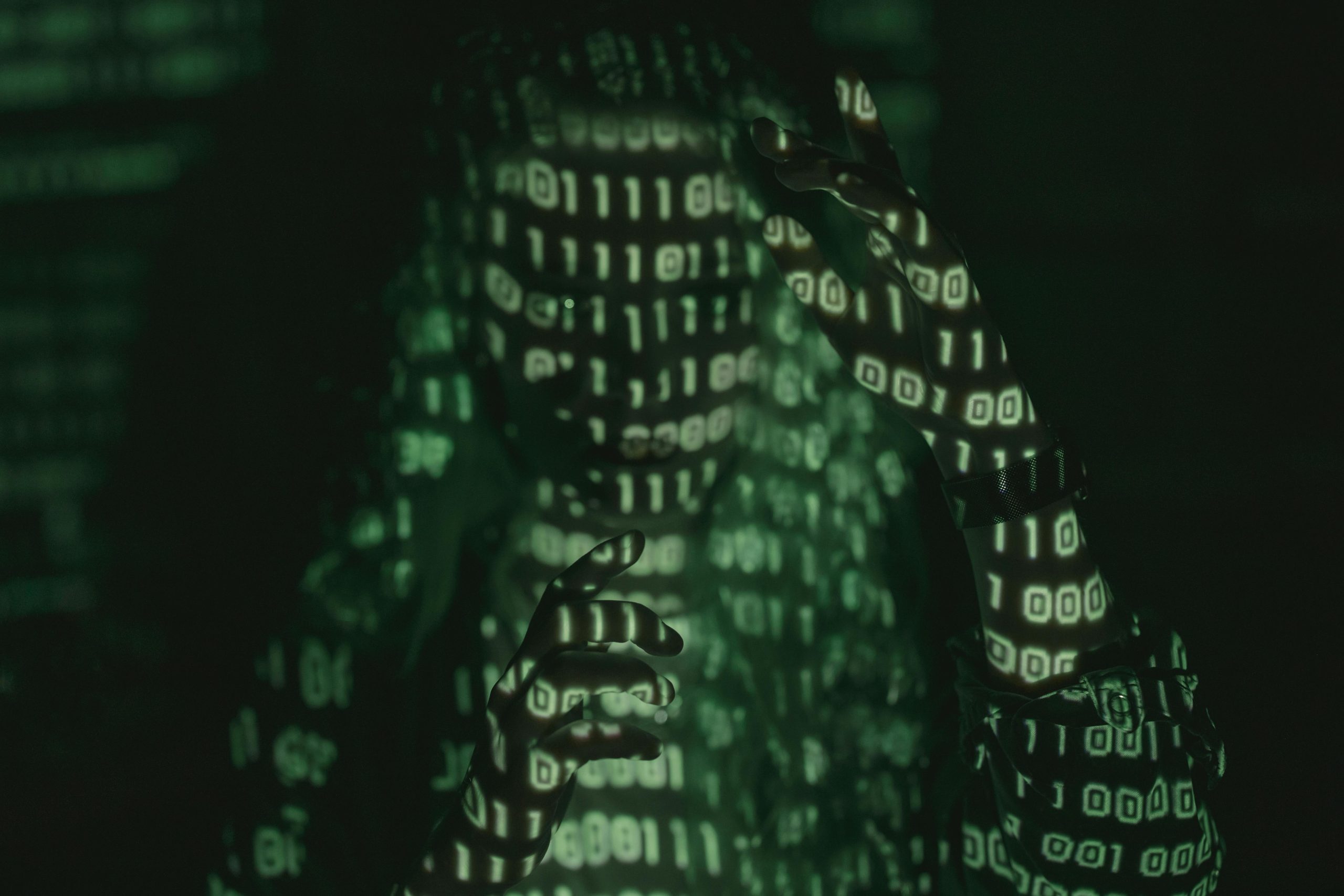AI-Generated Headshots in Business: A Technological Innovation or a Risk to Authenticity?
In recent years, artificial intelligence has revolutionized numerous aspects of our daily lives and professional practices. Among the latest trends is the use of AI tools to create professional headshots, offering a quick and cost-effective alternative to traditional photography. As startups and established companies alike explore this technology, it’s worth examining whether AI-generated headshots truly serve your brand’s image or inadvertently undermine it.
The Appeal of AI Headshots
The convenience and scalability of AI headshot creation are undeniable. With just a few uploaded photos and a click of a button, organizations can obtain polished images suitable for LinkedIn profiles, corporate websites, or internal directories. This process eliminates the need for scheduling studio sessions, hiring photographers, and managing photo shoots—saving both time and money.
The Professionalism Dilemma
However, the core question remains: do AI-generated images project the same level of professionalism and authenticity as traditional photography? A well-crafted headshot can communicate confidence, approachability, and trustworthiness. While some AI tools excel at mimicking natural lighting and capturing expressive features, others produce images that feel overly polished or somewhat detached—sometimes even resembling avatars or digital renderings rather than genuine photographs.
Authenticity versus Efficiency
This balance between efficiency and authenticity is critical. While AI headshots can streamline branding efforts and produce visually consistent images at scale, they risk sacrificing the personal connection that genuine, studio-taken photographs inherently possess. Is it worth risking a potential perception of impersonal branding, especially for industries where trust and human connection are paramount?
Industry Experiences and Insights
Have you or your organization experimented with AI headshots? If so, what was the impact on your professional image? Did these images enhance your branding efforts, or did they come across as cold or generic? Gathering insights from real-world applications can shed light on whether this emerging technology aligns with your company’s visual identity and values.
Final Thoughts
As AI continues to evolve, so will the quality and realism of generated images. For now, many brands may find that a hybrid approach—leveraging AI for initial drafts while investing in authentic photography—strikes the best balance between efficiency and genuine human connection.
Your perspective matters. Are AI-generated headshots a valuable tool for modern branding, or are they a shortcut that risks diluting your company’s authenticity? Share your experiences and join the debate.










One Comment
This is a thought-provoking discussion that highlights the nuanced balance between efficiency and authenticity in branding. While AI-generated headshots offer remarkable convenience and consistency—especially for startups or companies with rapid onboarding needs—they should be used thoughtfully. Authentic photography, especially in industries rooted in trust and personal connection like healthcare or consulting, can convey sincerity and approachability more effectively than even the most realistic AI images.
A hybrid approach seems promising: leveraging AI for draft versions or internal purposes while investing in professional photography for key brand visuals. Additionally, as AI technology advances, the potential for highly realistic and personalized images will likely grow, possibly bridging the gap between efficiency and authenticity. Ultimately, understanding your brand’s core values and audience expectations should guide whether AI headshots serve as a helpful tool or a potential risk to your company’s perceived credibility.